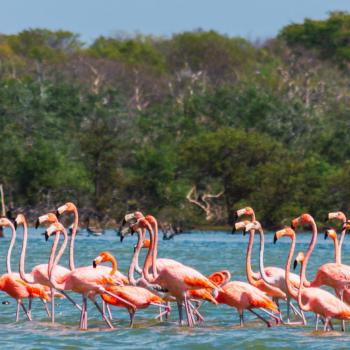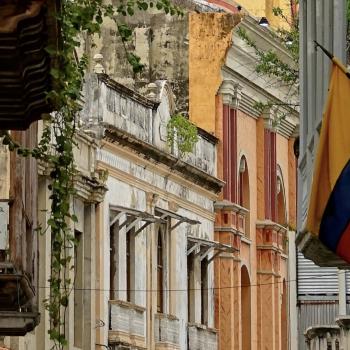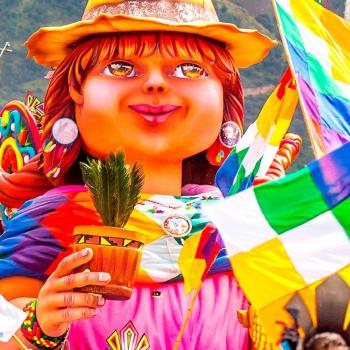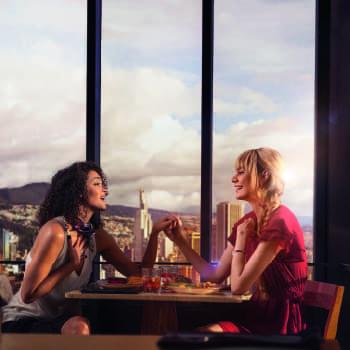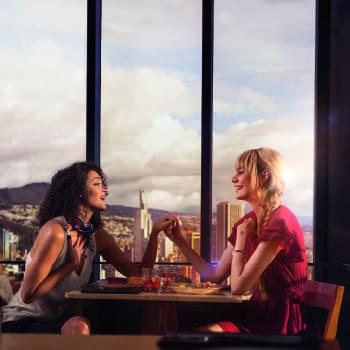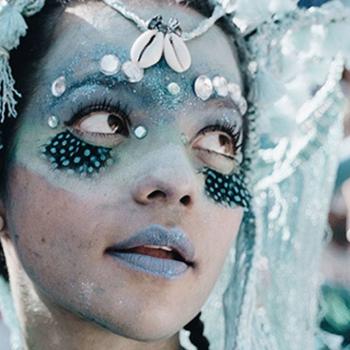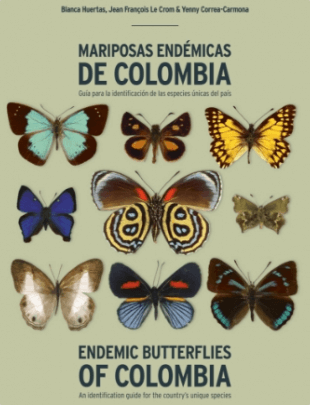It is true that some Colombians are the life of the party and that they stand out from the crowd for being cheerful, charismatic and excellent dancers. But there is more to them than people think: the lives of people born in this land are influenced by various social and cultural phenomena. They are as peculiar as their way of seeing the world, and they are people who, despite their differences, are and will always be willing to show the best of their country to all those who want to visit.
What are the Colombians like?
The customs of Colombians vary depending on their region or department of origin, and remain with them even after migrating within or outside the national territory. What defines a Pastuso (from Pasto), an Afro-Colombian or an Embera (from Choco) goes beyond the language they speak, and their genes: their accent, their food and even the way they dress are part of an idiosyn-crasy that, seen from afar, is one of the thousands of viewing the world that come together in Colombia.
The political, social and economic transformations that the country has undergone in recent decades have made Colombians resilient and willing to learn from their history. In the same way that Colombia has changed, its people have been transformed, and today it is much less common for them to hold the same ideals and convictions they did a few years ago. Colombians are now looking towards a future free of indolence and full of inclusion, and they are putting those goals into practice in their daily lives.
Colombia also stands out to the world as a country with creative, entrepreneurial, and thriving people. Just by walking the streets of any of its cities, travelers will find all kinds of businesses that have the potential to create unforgettable experiences for for tourists and visitors alike.
Music, accents and expressions: Characteristics that define Colombians
These unforgettable experiences also include music. Not only has the country been the cradle of well-known performers and dancers, but its people dance to the sound of specific music that brings locals and foreigners together. The clearest example of this are Valledupar and Cali, which hold the Vallenato Legend Festival and the Cali Fair; two ideal destinations for music lovers and curious travelers who seek to discover Colombia and its people through music.
Linguistic diversity within Colombia
Like music, accents and idioms vary from region to region in Colombia. Different sounds and words emerge throughout the country, not only identifying where each person is from, but also promoting the country’s linguistic richness. For example, the variation spoken by Paisas (from Medellín), the colloquial name given to people from Antioquia and the departments of the Coffee Belt, can be easily detected: they pronounce the S differently (with a sort of lisp), a tone that tends to make words longer, which is known as slurred speech in Colombia. On the other hand, when people from Valle del Cauca speak (from Cali), they tend to start sentences with “ve” (look), meaning ‘watch out’, and end them with “oís?”, meaning ‘did you hear?’. People from Choco tend to eliminate S sounds and use words or phrases such as “atravesao” (bold) and “vamos pa’ ve” (let’s see), and people from the San Andres archipelago, where Raizals live and speak Sanandrian Creole, say words such as “tiich” (teach), “fieva” (think so), “dopi” (ghost), “piknini” (children), “mikies” (to hurry).
In the north of the country, the speech of the locals is considered strong and with a defined accent, but it should not be mistaken but Santandereanos (from Bucaramanga) should not be mistaken as being severe: they are kind yet straightforward people who, as we often say in Colombia of people who don’t beat around the bush, “don’t have hair on their tongue”.
Such linguistic diversity is complemented by, and due to, the strong presence of of different ethnic across the country. According to the National Population and Housing Census conducted by the National Administrative Department of Statistics (DANE) in 2018, there are 102 indigenous communities in the country, representing nearly 2 million people (less than 5% of the population), nearly 4.6 million black, Afro-Colombian, Raizal and Palenquero people (close to 10% of the country’s entire population) and 2,500 people (0.006% of the total population) who identify themselves as Romani or Gypsies. Adding these ethnic groups to the rest of the population, which could be described as mestizo or white depending on their origins, the Census estimated the population of Colombia at 48,258,494 people.
Colombia, a welcoming country
One of the most charming characteristics of Colombians is that, regardless of their origin, they are caring and always welcome people with open arms. In this sense, becoming friends with a Colombian is a guarantee that you will be tasting all the typical dishes you can try, that you will visit the nearest tourist sites, and that you will end the day with a nice cup of coffee and a deep longing to stay in Colombia.
After experiencing the country in a different way, you will leave with the certainty that one of of the most important reasons to return is feeling the warm Colombian embrace again.








